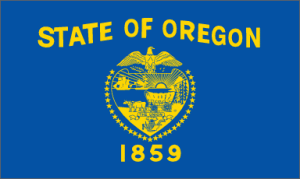The Washing: In the Muslim Custom of Bathing the Dead, She Found a Deep Sense of Reward — and Shaved off 40 Sins
Reshma Memon Yaqub, The Washington Post (March 21, 2010)
Modern human migration has created a real dilemma for the first, second, and third generations of immigrant children. When a relative dies, many of these young people will be called upon to handle the funeral ceremonies for the deceased. Yet, the individuals involved (most of whom will be adults by that time) don’t have a good idea about what they are supposed to do. What is the current funeral ritual? I have encountered this situation in both America and the United Kingdom. Indeed, funeral directors in both countries explain that children of immigrants often ask the funeral directors (who are thoroughly local) what to do at the funeral. As always, a good funeral director will know the answer.
Over the weekend, The Washington Post ran a first person essay by a Muslim-American woman who was called upon to wash the body of her deceased relative. The article really quite moving. I have to say that this particular essay is one of the most interesting pieces on modern American funerals that I have read in a long time. I was particularly struck by how the author captured the mixing of traditional Muslim postmortem preparations with public health requirements, i.e., the wearing of latex gloves and face shields while washing the deceased.

I was also impressed by Reshma Memon Yaqub’s full on admission that she wasn’t entirely sure what to do but knew that she was supposed to do it.
While I was working on this post, I came across a May 2009 article from The Oregonian, entitled Islam’s ritual of washing the body bestows respect on the dead, and it lists a lot of useful information which anyone interested in global funeral rituals will enjoy reading.
More than anything, these articles point to the following truism: human migration brings cultural changes for both life and death. This is a good thing.
The world would be a much sadder place if all the funerals were the same.










